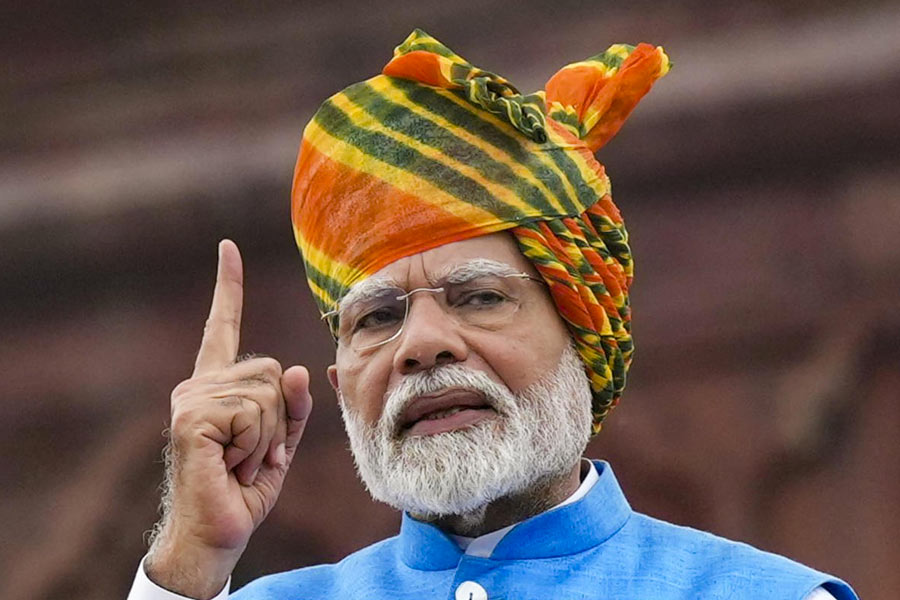While inaugurating a recent conference organised by the International Association of Agricultural Economists, Prime Minister Narendra Modi emphasised that India has overcome the intense food security challenges that it faced 65 years ago to become a food-surplus nation under his watch. India being the largest producer of milk and pulses and the transformation in its ‘food system’, Mr Modi argued, should be a lesson for the Global South. That India has taken strides to improve its food security is undeniable. As indisputable is a discernible gap between the prime minister’s assertions and current ground realities. The challenges to nutrition in India have been revealed by the recent State of Food Security and Nutrition in the World 2024 report. According to this analysis by the Food and Agriculture Organization, India has the highest number of undernourished people in the world — about 20 million. More than half of all Indians — about 55.6% — the report states, are unable to afford a healthy diet. The findings seem consistent with global figures that say that one in 11 people slept on an empty stomach in 2023, with around 2.33 billion people facing food insecurity, a phenomenon aggravated by climate change and conflict. What is worth noting is that the Indian government has chosen to highlight only those data from the report that align with Mr Modi’s narrative. Thus hunger, a NITI Aayog member said, has declined by about 2.7% since the 2023 edition of the SOFI report, even as 39.3 million have come out of undernourishment. Yet, the Pradhan Mantri Garib Kalyan Anna Yojana continues to provide free food grains to about 81.35 crore beneficiaries. Such a welfare programme would not have been necessary had Indians, especially those on the margins, been able to feed themselves.
Fewer Indians, government data indicate, are going hungry than before. But are Indians eating healthy? Here, the country is facing a two-fold problem. The consumption of junk food is on the rise in India. Then, there is the acute challenge of wasting. India, with 18.7%, topped the list of countries with the highest child-wasting rate in the world, according to the Global Hunger Index. Women’s malnourishment is an overlapping, and serious, issue as well. Perhaps a quantitative approach to assessing nutrition, which prioritises food production, should give way to a qualitative strategy so that the issue of unequal access to food and the resultant challenges can be addressed.










